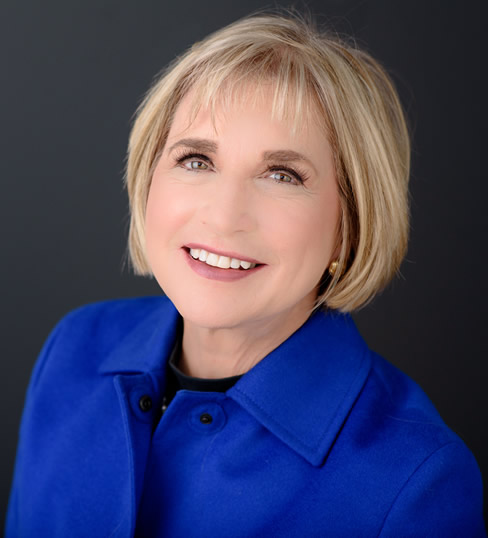Recent data shared at the National Reverse Mortgage Lenders Association (NRMLA) Southern Regional Meeting in Austin, Texas has helped shine a light on the persistent educational challenges that face the reverse mortgage industry.
What those challenges have also done is limit the industry’s ability to scale, but it may also help the industry focus on asking new questions designed to reach new borrowers.
This was the perspective shared by Shelley Giordano, director of enterprise integration at Mutual of Omaha Mortgage, who sat down with RMD to discuss her company’s findings after presenting them at NRMLA South earlier this month.
Challenges with scaling the business
The reverse mortgage industry has had severe challenges with distribution ever since longstanding U.S. banking institutions like Bank of America and Wells Fargo exited the business in the early 2010s. Since then, the industry has become more generally dependent on forging referral partnerships with other financial services professionals, most especially financial advisors, to try and find new qualifying borrowers.

Leveraging those relationships effectively to lead to a new reverse mortgage loan can be a long process, Giordano explained.
“The problem is that it takes that belly-to-belly conversation with a financial adviser, or at the kitchen table with the client, to get that light bulb to go off,” she said. “And so, what we haven’t been able to do is really scale reverse mortgages.”
Giordano has been thinking about this while reading a book. “The Voltage Effect: How to Make Good Ideas Great and Great Ideas Scale” by University of Chicago Economics Professor John List examines how other ideas managed to take off, including social media platforms, smartphones and à la carte ridesharing or home rental services like Airbnb or Uber.
“They all have scaled, and quickly, and we have just not been able to,” she said. “We know that there are lots of people out there who could use — and even need — a reverse mortgage, particularly if you put it in the context of preserving your portfolio. That’s a whole lot of people, but we haven’t gotten people to the point where they want a reverse mortgage. They might need it, but they don’t want it. Why is that?”
The information ecosystem
Before seeing the new survey data gathered by her company, Giordano said that she felt like the barrier to communicating about reverse mortgages was lower than it was 15-20 years ago.
After seeing the data — some of which illustrated that out of roughly 400 respondents, 74% of them had either never heard of the phrase “reverse mortgage,” knew the phrase but nothing about the product, or categorized themselves as having “a little” knowledge — she’s changed her mind a bit.
“A lot of people anecdotally tell me that they get quite a bit of their business from financial advisors, so that would make you think that things are easier,” she said. “And yet, there just doesn’t seem to be much of a trickle-down effect from [those conversations].”
It might be due to current business realities, like high interest rates and low principal limits having combined to create a challenging environment. But it’s hard to ignore the comparisons with years before, she said.
“To still be stagnating at the same penetration rate that we were at 10 or 20 years ago makes me think that maybe we’re not asking the right questions, or that we haven’t really figured out what it is that people really want,” she said.
One thing that may be contributing to a reticence that seniors have about reverse mortgages beyond the reputational challenges could be in the way that retirement has changed so much since the Home Equity Conversion Mortgage (HECM) program first became a part of law under President Ronald Reagan, she said.
“It’s not just housing wealth that seniors are reluctant to spend, because there’s this whole concept of the retirement consumption puzzle,” she said. “The financial advisors are trying to figure out why it is that their clients are so unwilling to spend their assets. Before, when we had pensions, the money came in and you spent it because the next month more money was coming in. But now, we have a finite [amount of retirement savings], other than the increase, hopefully, in our portfolio values.”
Those sometimes go down, too, however. That leads to a more widespread reluctance on the part of seniors to spend down their assets, she explained.
Attitudes of seniors
There are also perceptions that seniors have regarding their financial resources. They feel they can “make do with what they have,” and they can leave behind more acquisitive goals as they get older, she said.
“I’m around a lot of old people now, and I’m an old person myself, so I see that there is a tendency to want to make do with stuff,” she said. “[When you’re younger], you want a bigger house, a beautiful yard, a nice car, and to send your kids to the right grade school. That all kind of goes away for many people, I think, in retirement.”
Making do becomes easier not out of concern per se, but potentially out of satisfaction, she said.
“You’re happy just to kind of make do with what you’ve gotten, and the idea of spending down your principal — and if you look at your house as an asset that has a principal — maybe that’s part of it. You just want to be very, very careful,” she said.






